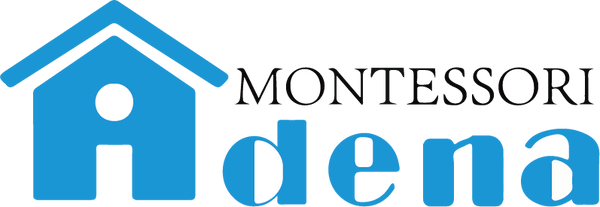
How to place materials in the CASA classroom?
Share
❓Q:
The prepared environment is a crucial component of Montessori education.
A well-designed learning space not only creates joy for those within it but also maximizes children's learning effectiveness.
So how should we scientifically arrange materials in a CASA classroom?
 🔈A:
🔈A:
1. Arrange Materials Based on Classroom Layout
-
Practical Life materials quickly capture children's interest, so place these shelves near the classroom entrance.
-
Since many Practical Life activities involve water, position them close to a water source when possible.
-
The Math area should be in a quieter space to support concentration.
-
The reading corner should have good natural lighting.

2. Place Materials Based on Interdisciplinary Connections
Montessori learning areas are interconnected, so material placement should reflect these relationships:
-
Practical Life ↔ Sensorial (e.g., pouring exercises prepare for Sensorial work)
-
Sensorial ↔ Math (e.g., Pink Tower, Brown Stairs, and Number Rods all introduce the concept of "10," linking to decimal system learning)
-
Practical Life ↔ Art (e.g., fine motor skills support artistic expression)
-
Language/Science ↔ Sensorial (e.g., vocabulary enrichment through tactile exploration)
"Linking" means placing related materials near each other—for example, Sensorial works beside Math materials.

3. Follow Material Arrangement Principles
When organizing shelves, adhere to these guidelines:
-
Left → Right (supports reading/writing directionality)
-
Top → Bottom (simple to complex progression)
-
Adapt based on age & skill level (rotate materials to match development)
By thoughtfully arranging the environment, we empower children to discover connections independently while maintaining order and accessibility.

